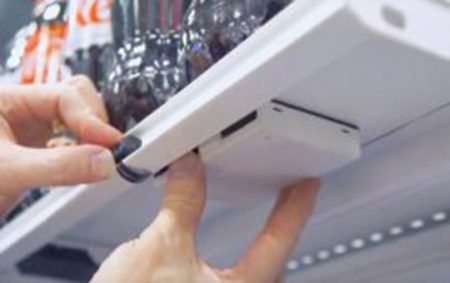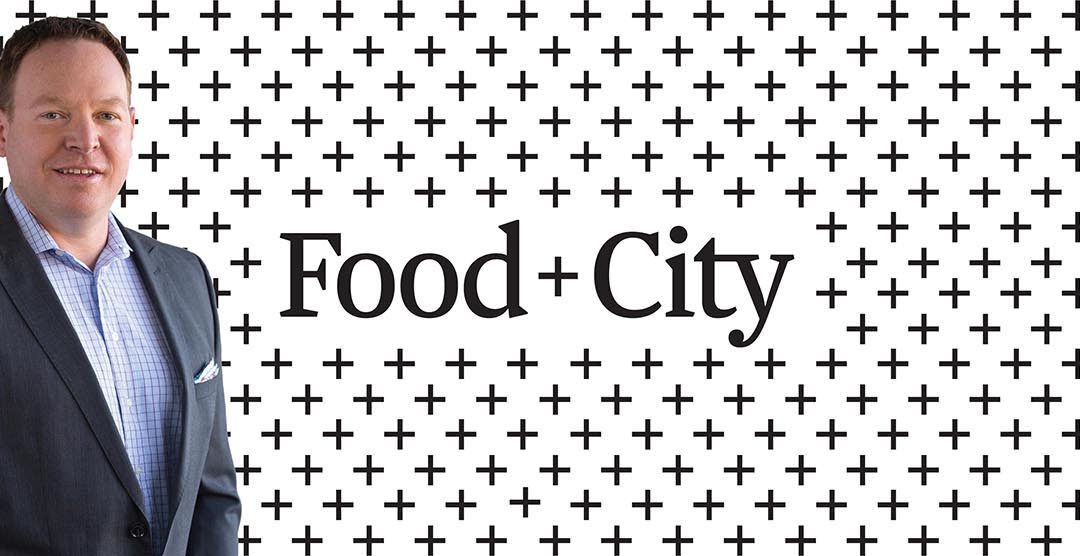
Startup Spotlight: UAV-IQ
Using military-developed technology, UAV-IQ combines high-tech field surveillance, environmental sensors and specialized software to help farmers keep a close eye on their crops. Pinpoint imagery allows farmers to focus on problem areas — locating issues such as water puddling or the beginning of a disease outbreak — and address them before they spread. Information sensed by the drone, including images that show detail down to individual leaves, can be transmitted to tablets or other tools used by farm staff anywhere in the field. We caught up with Andreas Neuman, co-founder and CEO of the Food+City Challenge Prize 2018 winner, to get its latest news.
What’s your founding date?
April 2016.
How big is your team?
Five people.
What problem are you solving?
Precision agriculture has proven to be highly effective for growers who practice it, but many growers perceive pricing or lack of training as barriers to adoption. Starting with drone-based remote sensing (which tells growers where their crops are healthy and where they’re stressed), UAV-IQ makes precision agriculture technology accessible and implementable within existing workflows to growers of any size and sophistication.
What’s been the biggest surprise about running your business?
That there are so many people genuinely interested in helping young companies get started.
What part of the food system are you in?
We focus on helping growers.
What was the big idea that got you started?
That one of the most fundamental problems for farmers — identifying where their crops are struggling and targeting their treatments precisely where they’re needed — was a solvable problem by using properly equipped to drones to rapidly scout fields.
Who are you competing with?
Inertia — sticking with an inefficient status quo — is our largest competitor. We also compete with satellites and other imagery providers.
The coolest food system innovation I’ve heard of is…
The use of hyperspectral sensors to identify specific disease, ripeness levels and other qualities while the crops are growing.
The scariest thing about today’s food system is…
Lack of diversity.
What’s your latest big news?
We are starting to provide a new service that utilizes drones to drop biological control agents (beneficial insects) to suppress pest populations in California.
What’s the best advice you’ve received?
If it’s not a “hell yes,” it’s a “no” when contemplating early employees and partners.
What advice do you give to potential startup founders?
Focus on building the best team before focusing on building the best product or service.

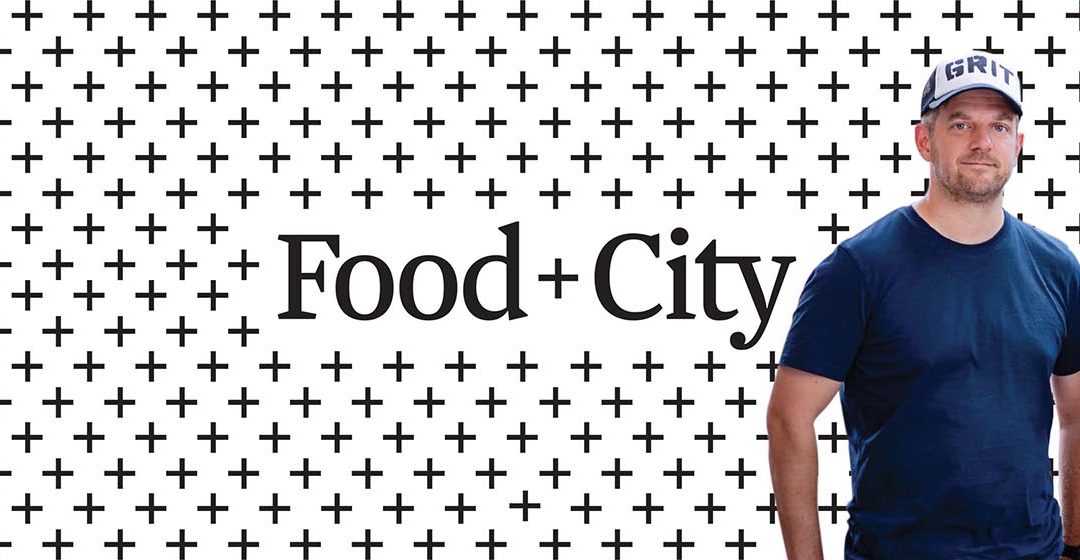
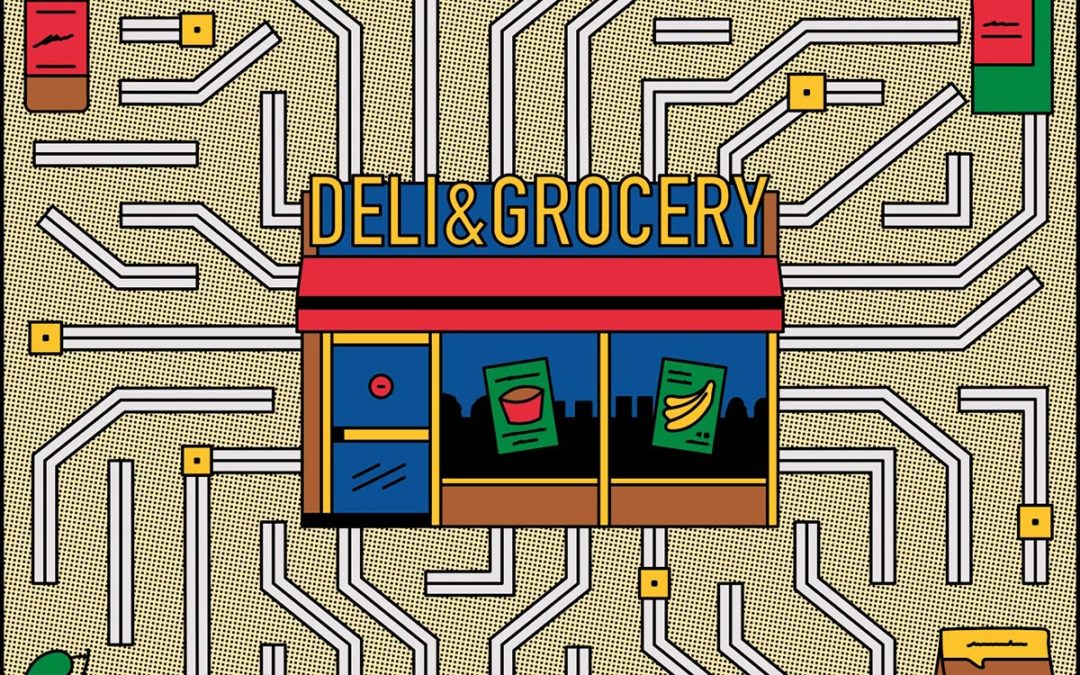
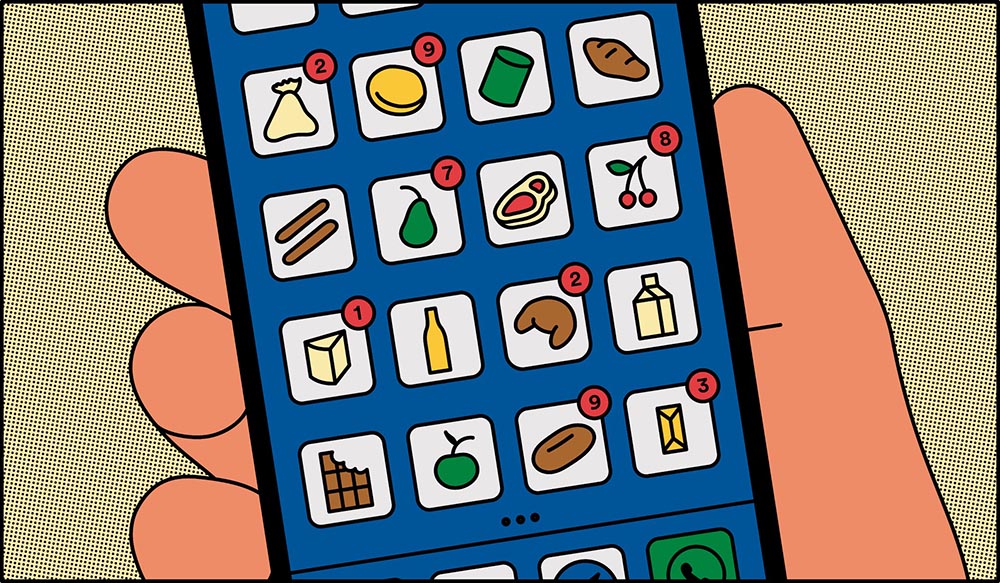
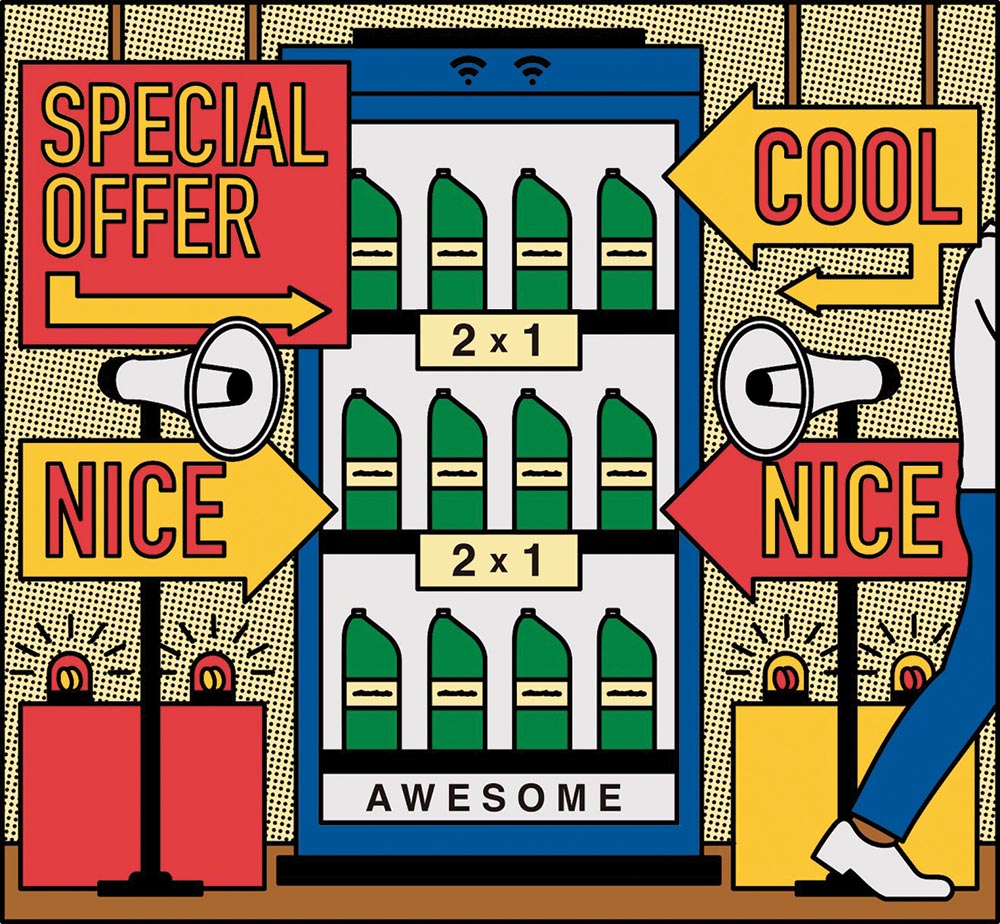

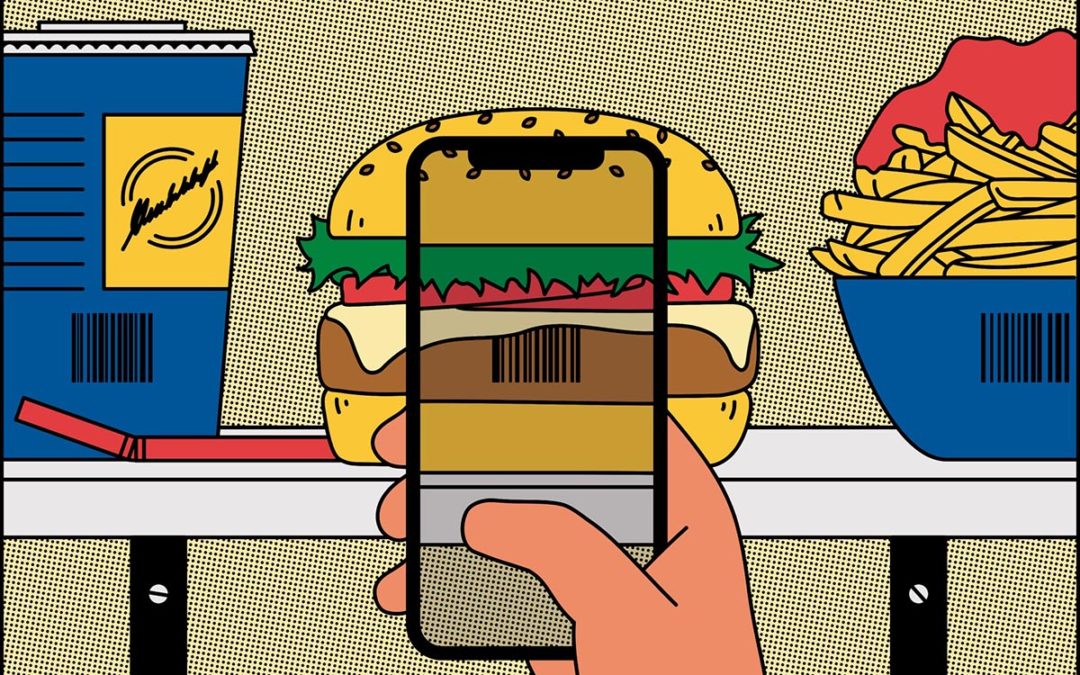
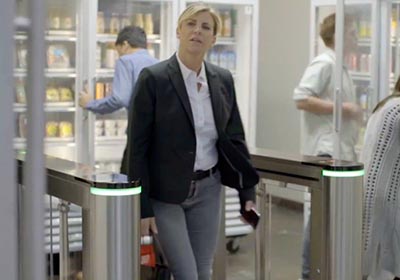
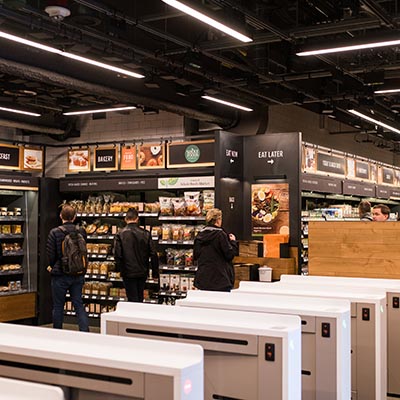

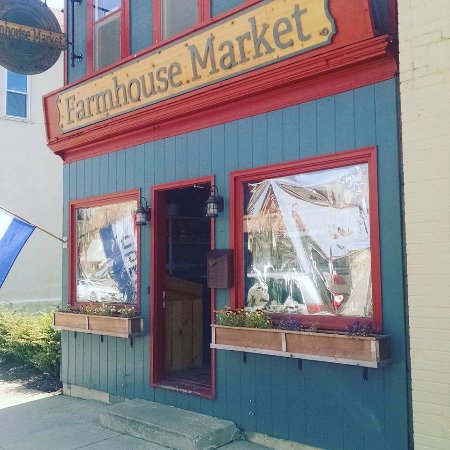

 Wi-Fi
Wi-Fi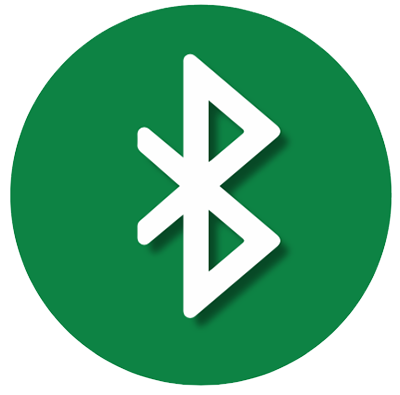 Bluetooth
Bluetooth Apps on Our Mobile Phones
Apps on Our Mobile Phones Hidden Cameras
Hidden Cameras